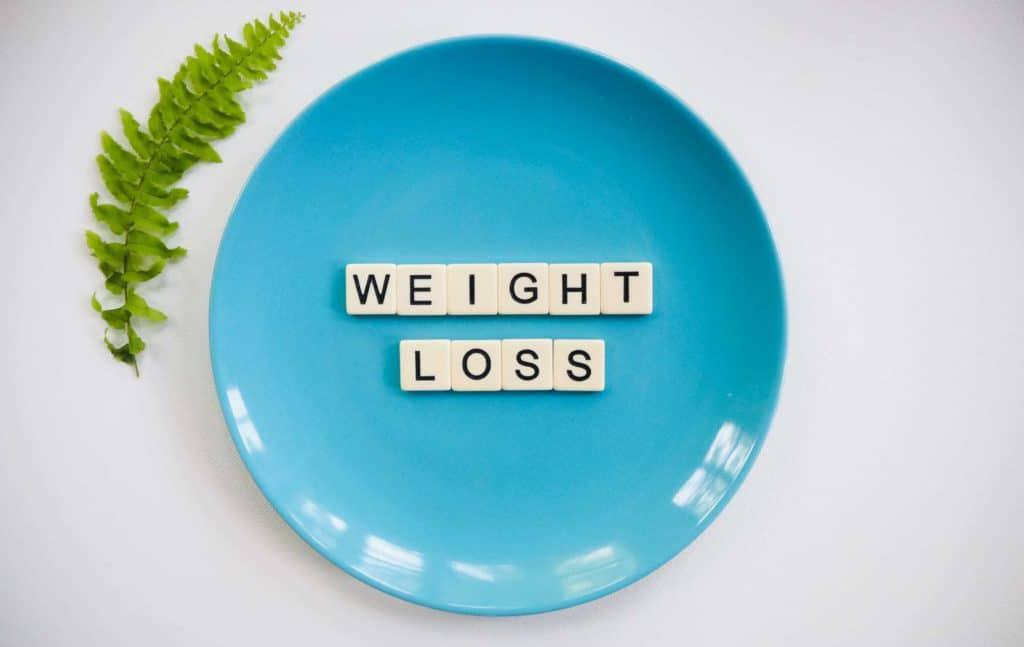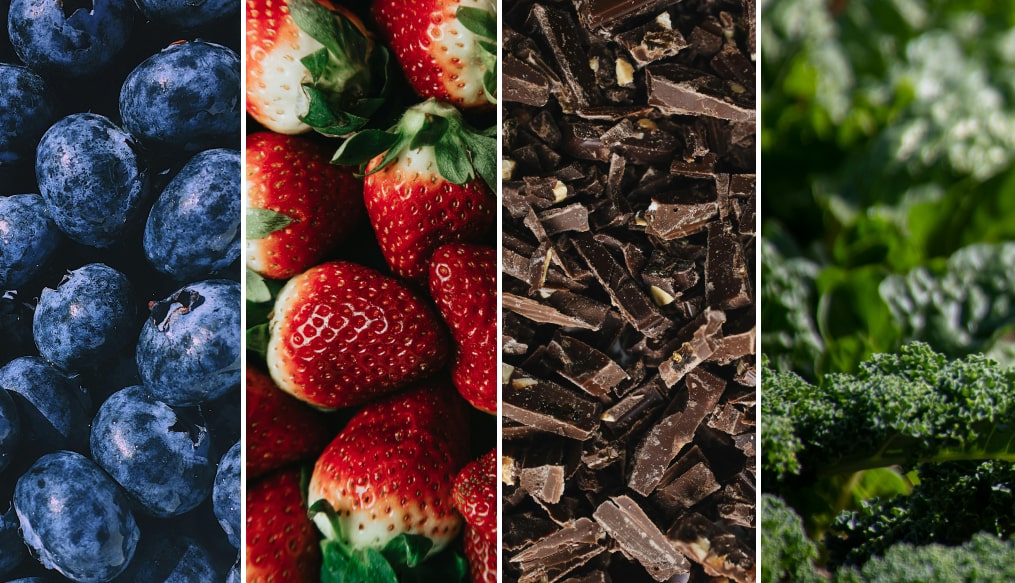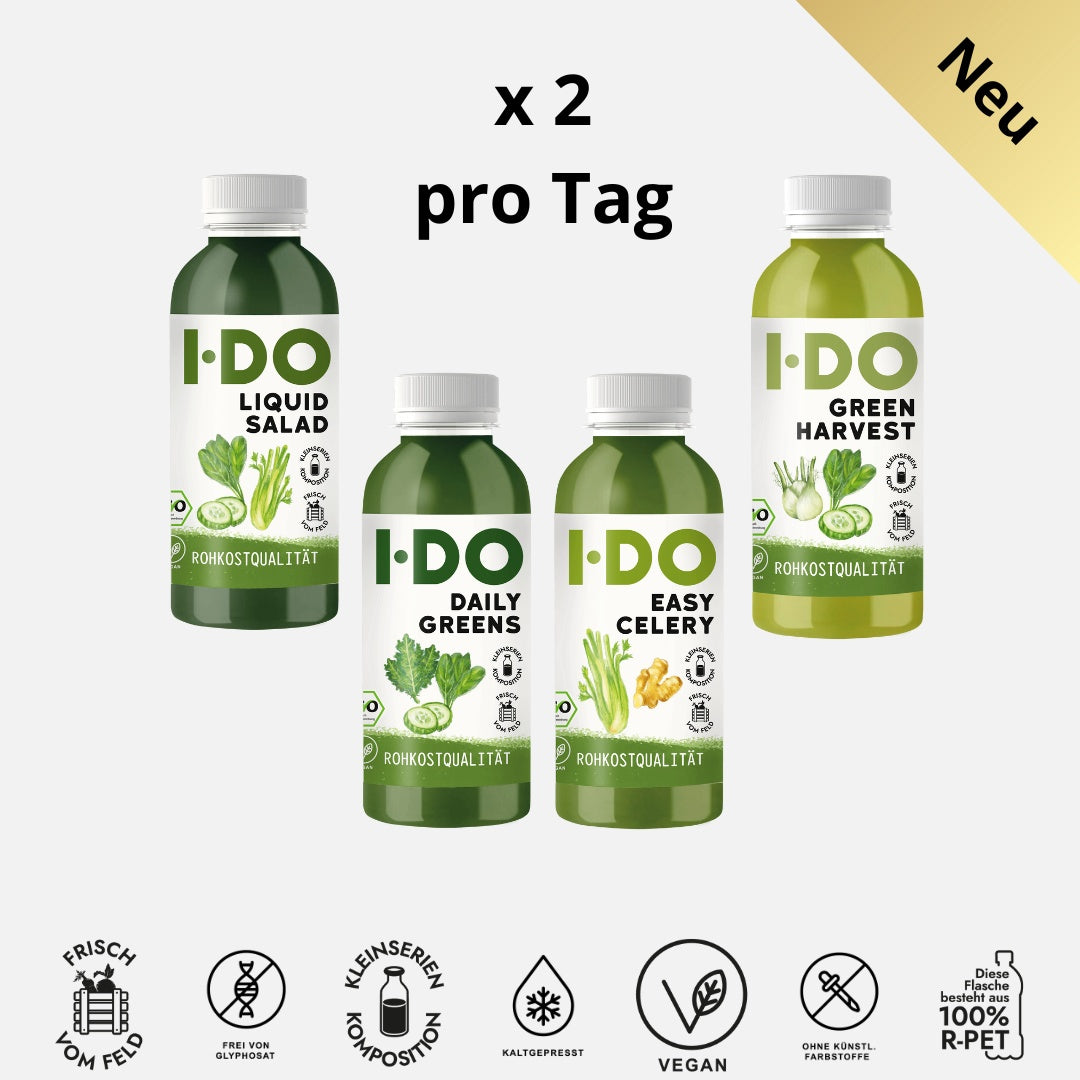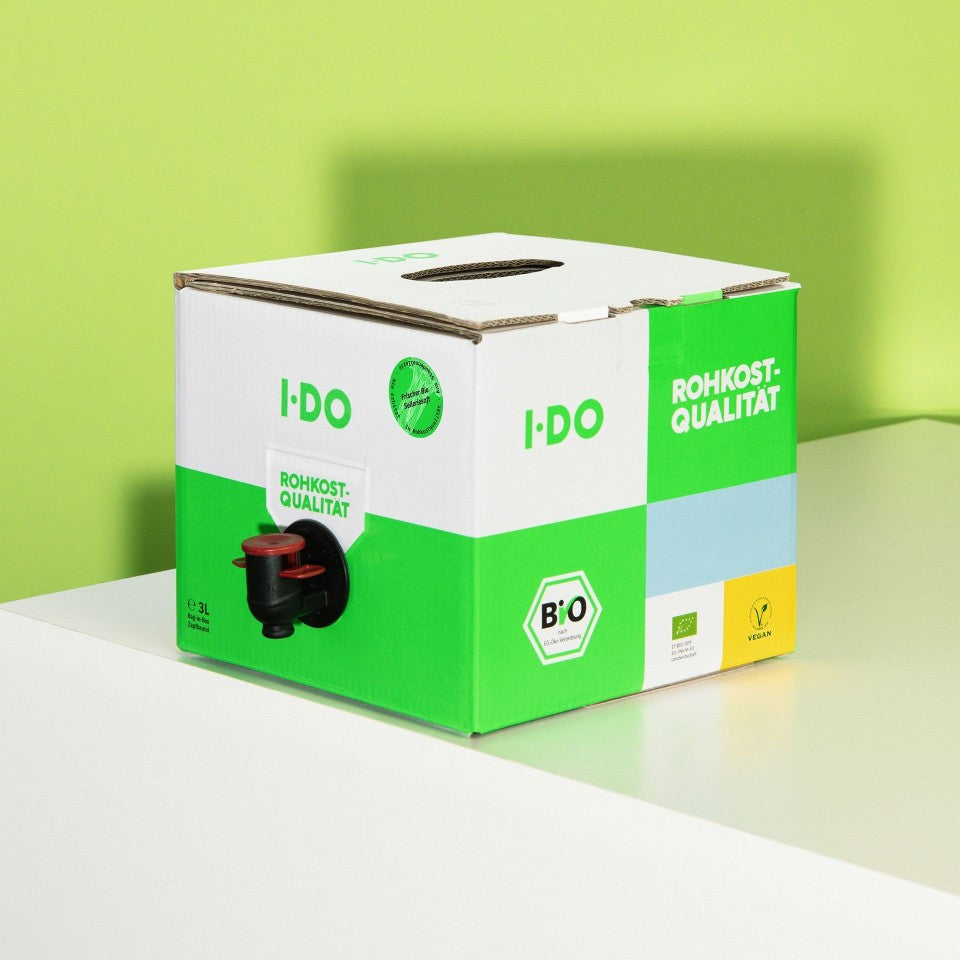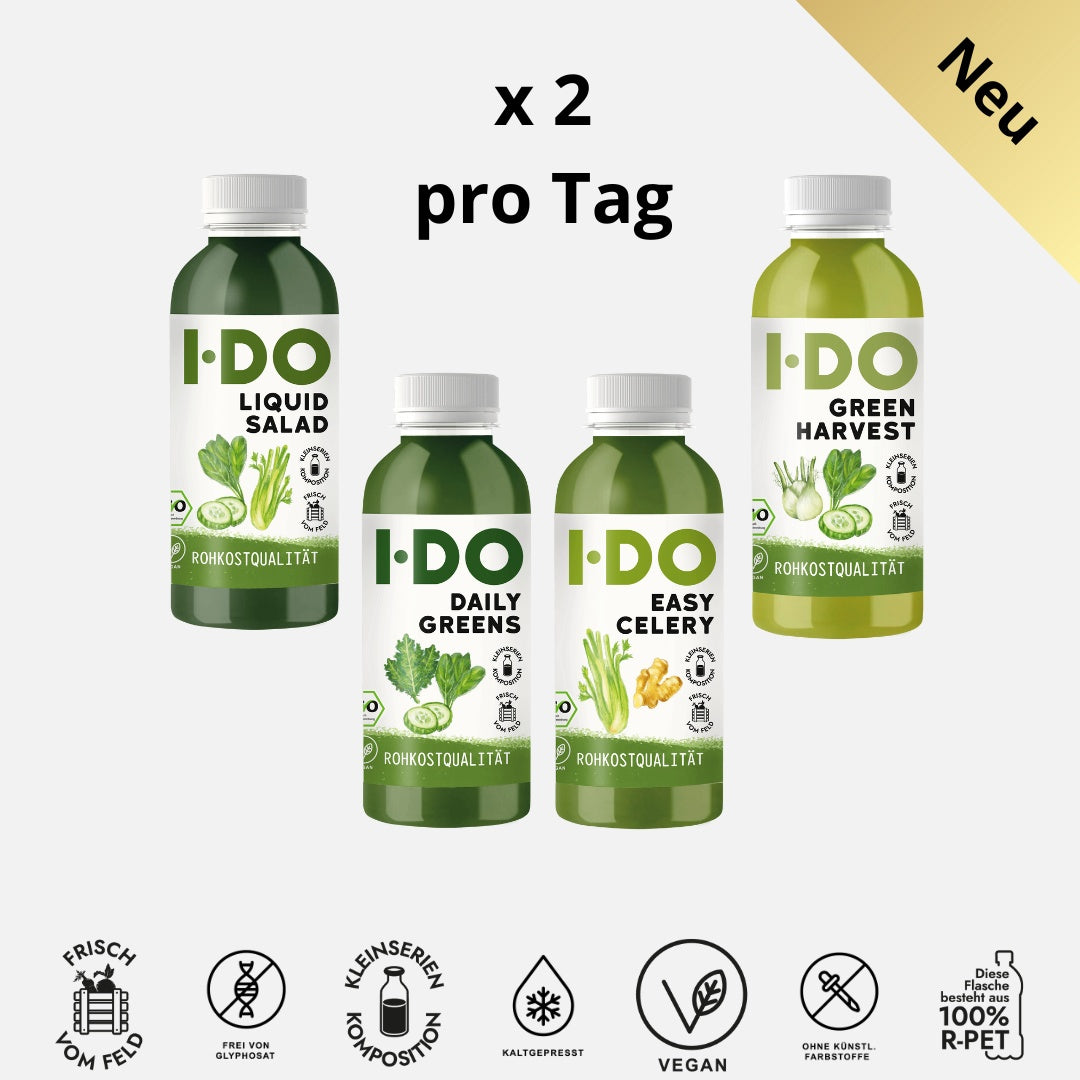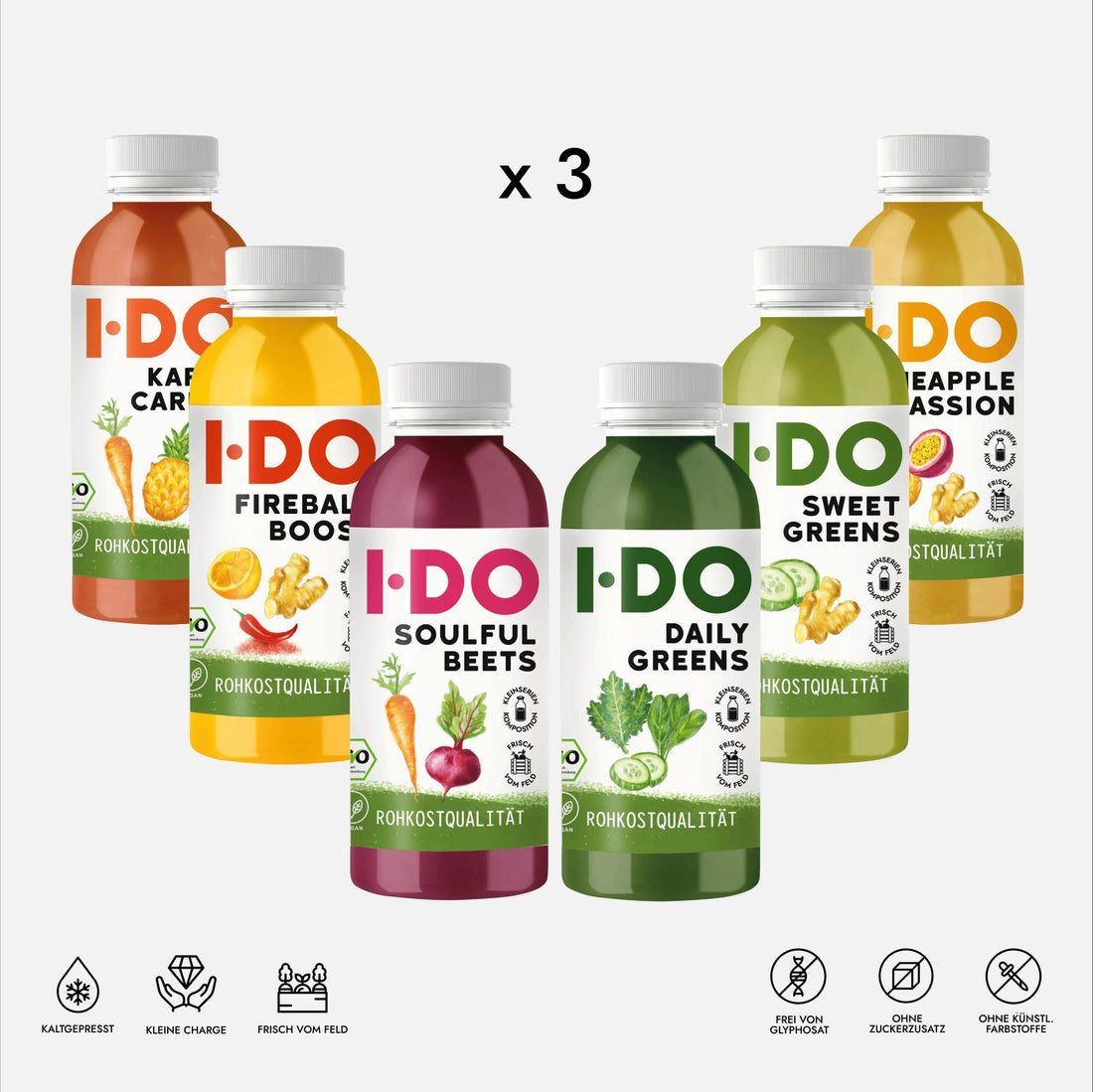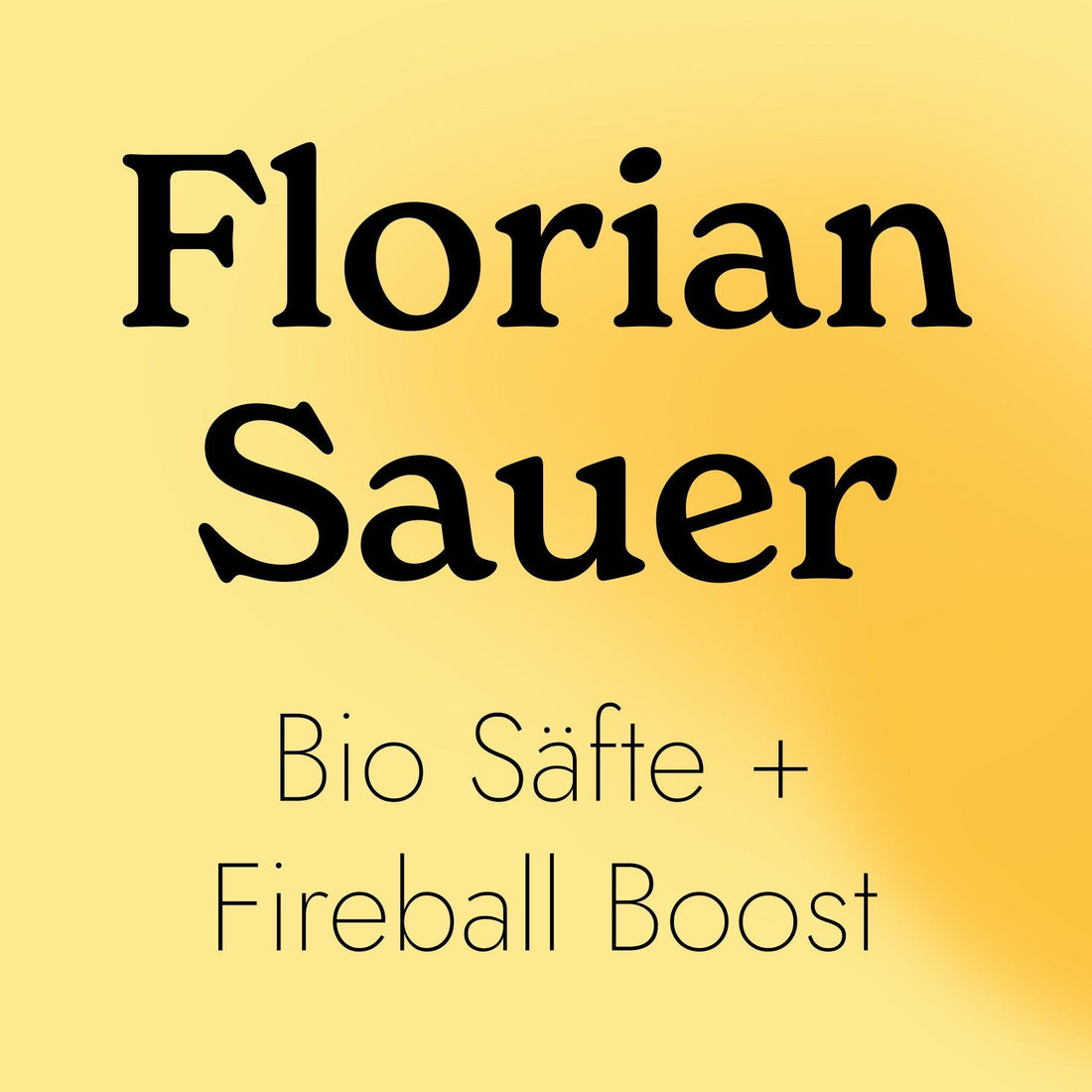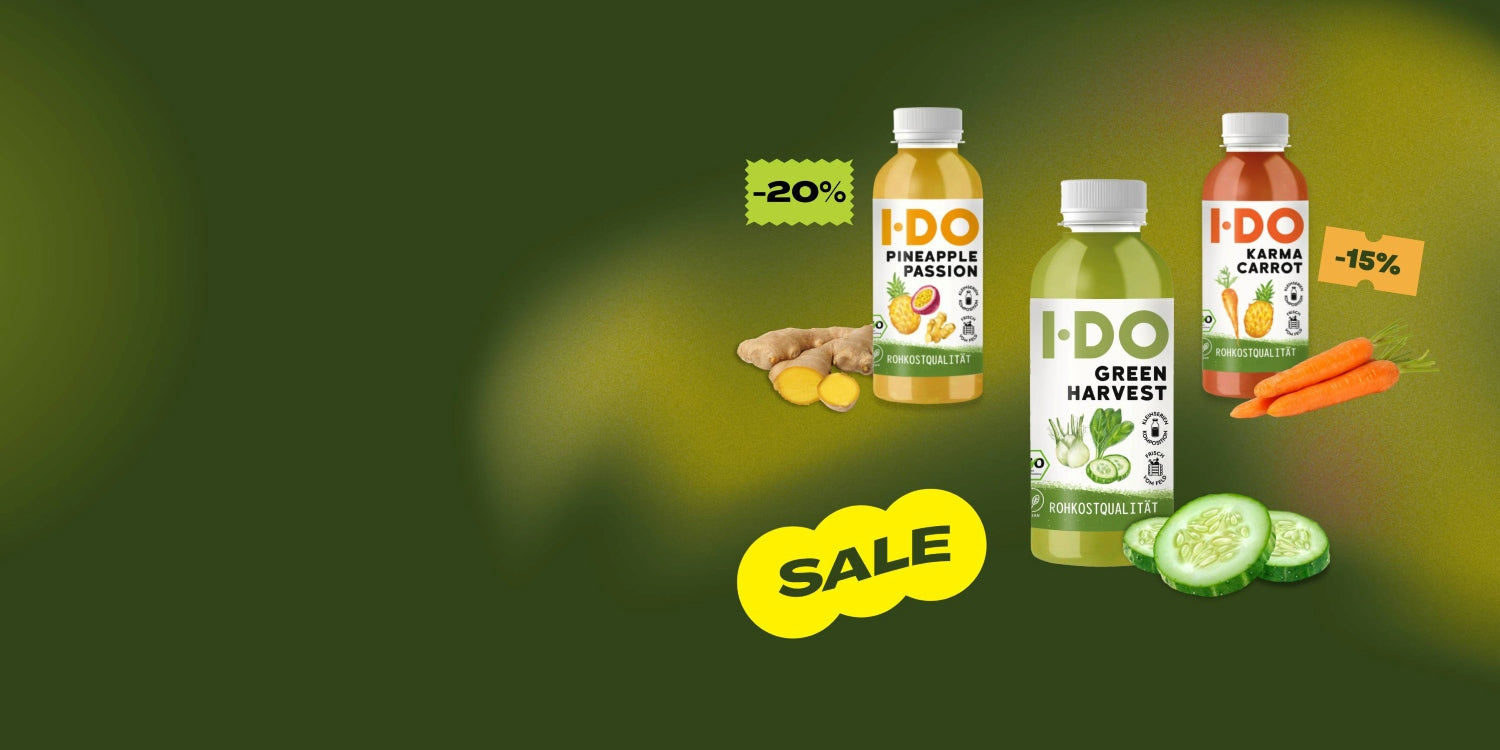Fasting means "a holiday from food". Voluntary food deprivation cleanses the body from the inside. But that's not all: negative thoughts are also eliminated and make way for a new lightness. Despite the positive effects, small obstacles in the form of discomfort can arise during the fasting phases. What can you do about headaches and feelings of hunger and how do you make a good start?
Fasting for the Body
Fasting often leads to a noticeable improvement in health. Common consequences of fasting are:
- firmer skin
- strengthening the immune system
- weight loss
- more stable bowel function
- relief of chronic complaints
- sensitization of taste and smell
- lowering blood lipid levels
- relief of intervertebral discs and joints
Fasting for Mind and Soul
In addition to the physical factor, there is also a psychological factor. After a short period of overcoming the stress, those who are fasting feel fresher and more relaxed. The I·DO Body & Mind fasting cure also aims to provide this well-being experience.
The weight loss, improved circulation and general well-being have a relaxing and restorative effect. This often also leads to emotional liberation, so that many fasters report that the cure helps them achieve emotional balance and inner peace.
In addition, the body releases more of the happiness hormone serotonin and the concentration of the stress hormone cortisol is reduced. After about three days, the so-called fasting high often sets in.
Proper Fasting in Three Phases
A typical fasting cure is divided into three fasting phases:
- conversion phase or relief phase
- detoxification phase
- build-up phase or breaking of the fast
Below we will show you what you need to consider in these phases.
Relief phase: gradual transition
In the first phase, the adjustment or relief phase, the diet should be gradually changed. Intoxicants such as alcohol or nicotine , as well as caffeinated coffee and sugary sweets are taboo. Care should also be taken to avoid stressful situations as much as possible.
Drinking enough fluids is essential for the success of the first phase . The body needs at least three to four liters a day, which can be obtained through water, juice, tea or broth.
The first phase is considered to be the most difficult to get through. The body suffers several side effects from the change in lifestyle. These include feelings of weakness, mood swings, increased sensitivity to cold and headaches. Body or bad breath is also possible as a result of the waste products excreted. However, these symptoms usually disappear after the transition phase.
Detoxification phase: complete abstinence from solid food
After the transition phase, the detoxification phase begins. With traditional fasting, eating solid food is now a thing of the past. The daily requirement for nutrients is only covered by liquids. In addition, the gastrointestinal tract is emptied on the first day using Glauber's salt or enemas.
Thanks to the high fluid intake during "real fasting", fat deposits (also called slag) in the muscles are dissolved and expelled from the body. Likewise, toxins are released from the body and eliminated. As the side effects of the first phase subside, the body becomes stronger and gradually feels better.
However, not every drink is suitable, as it is important to provide the body with sufficient nutrients. These are suitable mineral-containing liquids:
- Water
- fruit juices
- vegetable juices
- broths
- fruit teas
Breaking the Fast: Back to Normality
When breaking the fast, the third phase of fasting, the body is finally supposed to be brought back to a normal nutritional routine. In general, laxatives are counterproductive during this recovery period and must therefore be stopped at the beginning of the phase.
During fasting, the body stops producing digestive juices. However, these are essential for normalizing food intake after fasting. For this reason, the body should be supplied with
light, low-fat foods , otherwise stomach cramps and
circulatory problems can
result.



